Flat Feet
UNDERSTANDING FLAT FEET
Overview
The height of your arch is an important part of your foot shape. When you have a low arch, it leads to flat feet, also known as pes planus. Flat feet aren’t usually a problem on their own, but they can make you more likely to develop other issues or injuries. Because of this, people often use “flat feet” to describe any foot problem with a low arch, but that’s not always accurate.
This is why a basic arch support doesn’t always fix foot pain, even if you have flat feet. It’s important to know that “flat feet” isn’t a specific medical diagnosis.
Podiatrists, who specialize in foot and lower limb health, do a full biomechanical exam to properly diagnose and treat both current and future foot issues. The first step is addressing the low arch height.
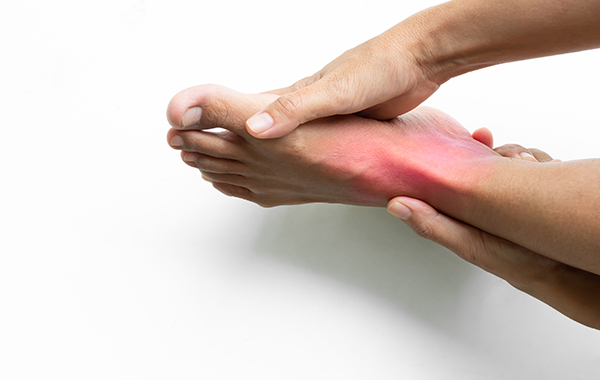
Flat Foot
Flat feet are very common in Singapore, mostly due to genetics, where this type of foot structure can be passed down, developed over time, or caused by loose ligaments. The hard surfaces we walk on daily also add to the wear and tear on our feet.
The foot is the base of the whole body, so when arches fall, it throws the feet out of alignment. This puts extra stress on other joints as they try to compensate, often leading to issues like Achilles tendonitis (a tendon overuse injury) and plantar fasciitis (inflammation of the tissue on the bottom of the foot).
Ankle arthritis happens when the cartilage in the ankle joint wears down, becoming rough and uneven. This often leads to a narrowing of the joint space and the formation of bony growths called bone spurs (osteophytes). There are different types of arthritis, such as:
Congenital flat feet
Congenital flat feet are hereditary and can be seen in children as young as 2 years old, with varying levels of severity. In many cases, a child with flat feet might seem to have arches when sitting or standing on their tiptoes, but the arches disappear when they stand normally. People with flat feet may also have hypermobility, a condition where ligaments are looser than usual. This looseness can cause issues in other parts of the lower body, like the knees and hips.
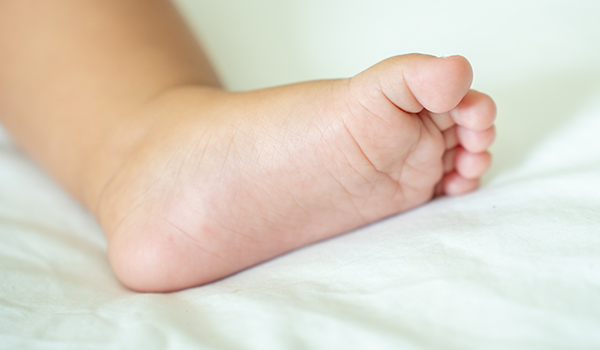

Patient with stage III posterior tibial tendon dysfunction
Adult-acquired flat foot
Adult-acquired flat foot can develop due to conditions like posterior tibial tendon dysfunction (PTTD), arthritis, injury, or diabetes. If not treated, the foot can become increasingly deformed and collapsed over time, leading to loss of mobility, changes in posture, and pain that can even affect the spine.
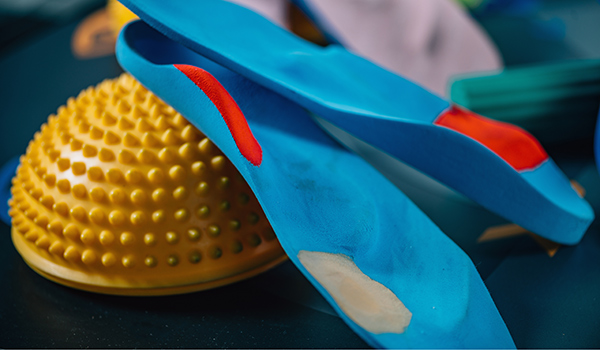
Foot Orthotic Insoles
Custom insoles for flat feet are a common solution. These custom-made orthotics are prescription-only medical devices designed to meet each patient’s unique needs and address specific foot problems. A podiatrist will choose the materials, densities, and design of the orthotics based on the patient’s medical condition and lifestyle. Thanks to advances in technology, custom insoles can now be made to fit into a variety of shoes, including pumps, court shoes, and even specialized footwear like soccer or hockey shoes.
For diabetic patients, special orthotics called total contact orthoses are designed to reduce pressure and cushion the foot, minimizing the risk of skin irritation or ulcers in high-pressure areas.
Ankle Foot Orthotics
Ankle Foot Orthotics (AFO) is a specialized device that helps correct almost any foot and ankle deformities, allowing patients to walk more normally. This device is carefully shaped and balanced to connect with the lower leg, making it ideal for stabilizing the ankle and foot joints. AFOs can be customized to enhance or limit movement in different directions, depending on the patient’s needs. They can be rigid, semi-rigid, or dynamic, depending on the level of support required.
Before creating an AFO, a full mold of the foot and ankle is made to ensure a perfect fit. The base of the AFO includes a custom foot orthotic, which extends up the leg for additional support. It’s designed with the patient’s specific biomechanics in mind, making it both effective and comfortable to wear due to its lightweight and low-profile design.
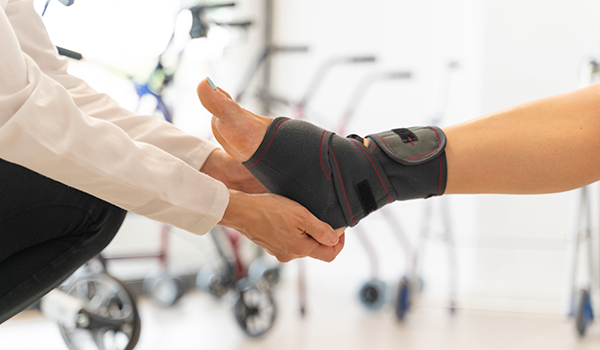
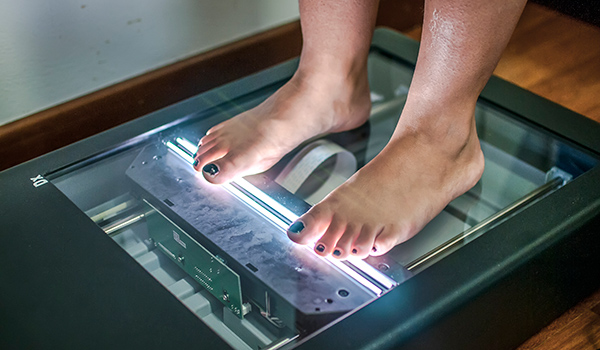
Scanning machines
At NoFrills Podiatry, we use advanced computer-aided design and manufacturing (CAD/CAM) technology that allows for extremely precise measurements, accurate to within +/- 0.4mm. To ensure the most accurate 3D image of your foot, we perform three different types of 3D scans. The accuracy of these scans depends heavily on the skill and training of the clinician.
The scan results are then combined with the information from the musculoskeletal and biomechanical assessment done by the podiatrist. This combined data is essential for designing and creating custom orthotic devices specifically tailored to correct flat feet.
What are the Common Symptoms?
People with flat feet might experience symptoms like:
Pain on the inner side of the ankle and arch
Pain in the ankle from joint pressure or friction
Discomfort in the leg and knee after exercise or intense sports
Flat feet can be managed with custom-made insoles and the right shoes. For older individuals, more intensive treatment might be needed. In more severe cases, an Ankle Foot Orthotic (AFO) might be necessary to provide extra support and correct the foot’s alignment.
Book your initial podiatry visit
hello@nofrillspodiatry.com
Phone
9007 1085
Open Hours
Mondays - Sundays: 9am-6pm
We're Here Whenever You Need Us
hello@nofrillspodiatry.com
Contact Us
9007 1085
Open Hours
Monday-Sundays: 10am to 7pm
Address
About
About Us
Symptoms We Help With
FAQs
Careers
Contact Us